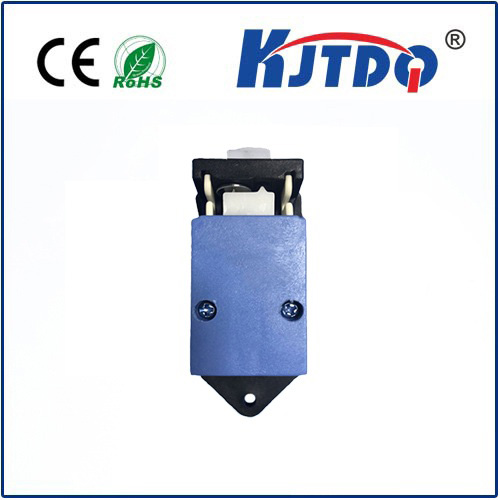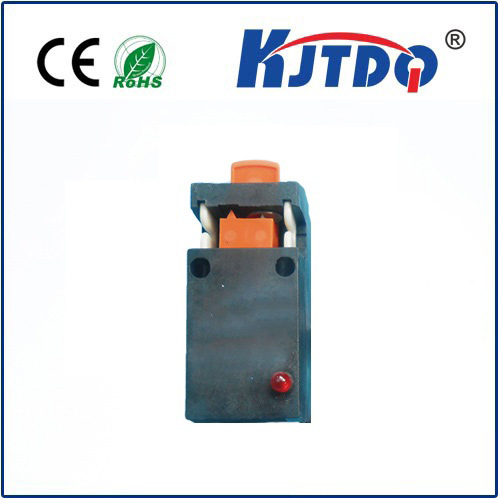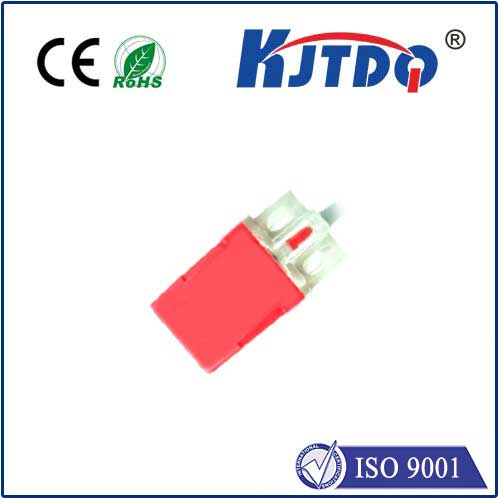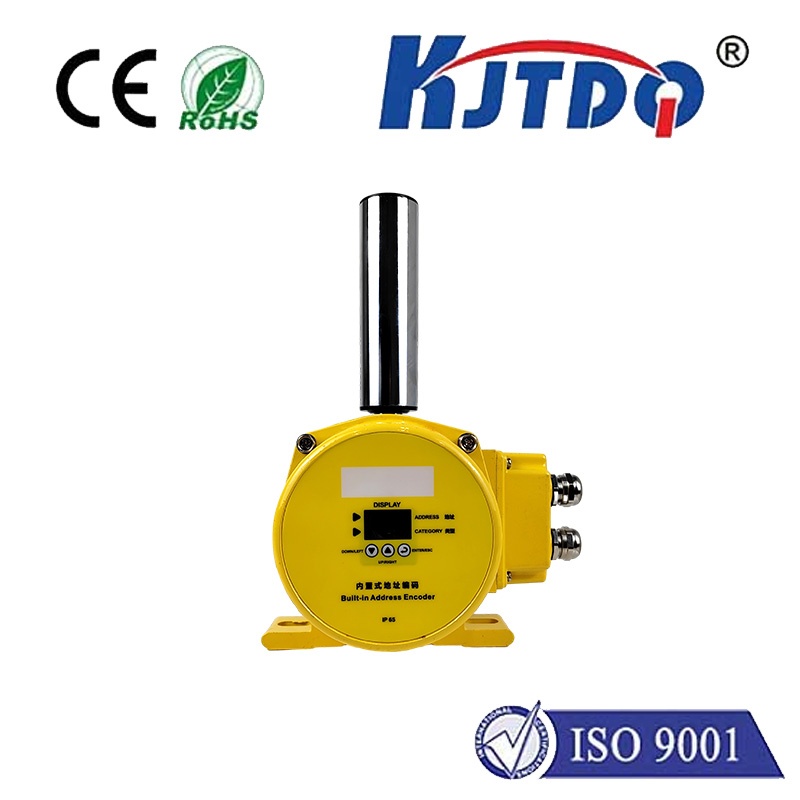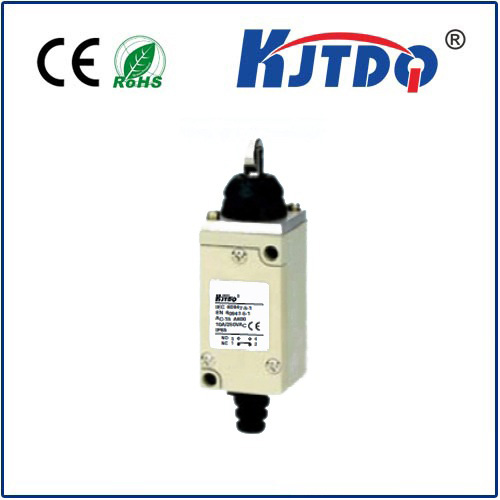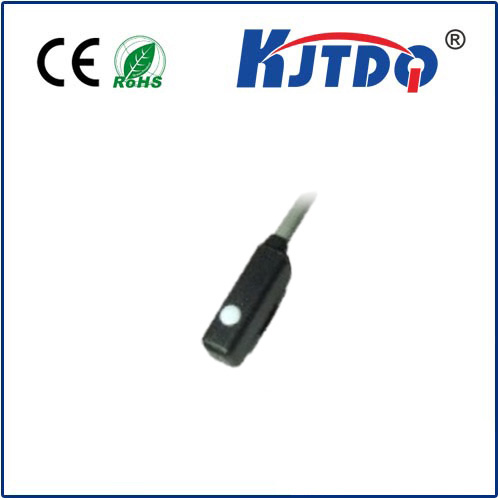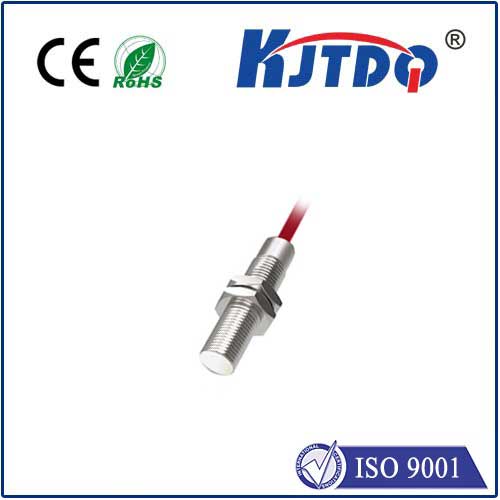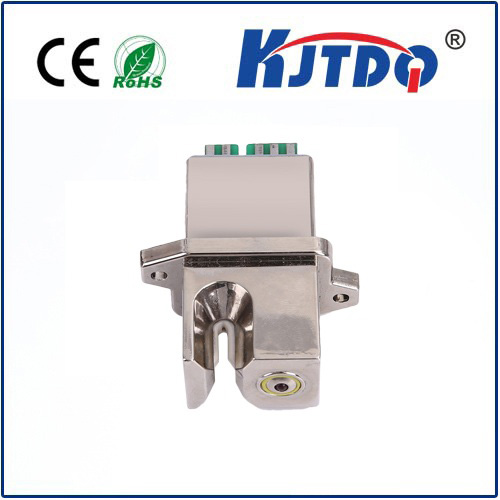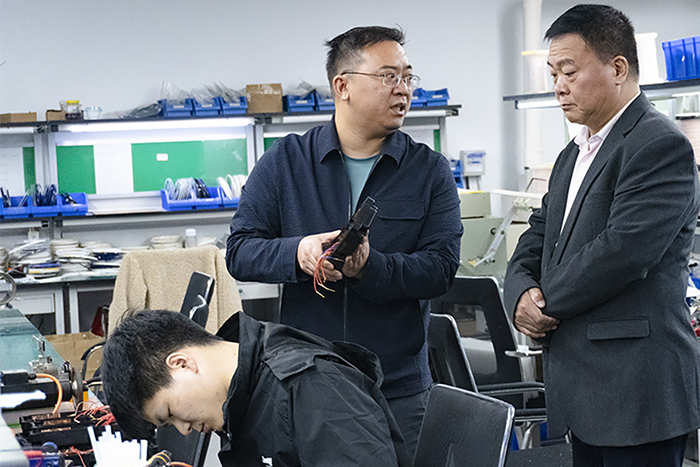
check

check

check
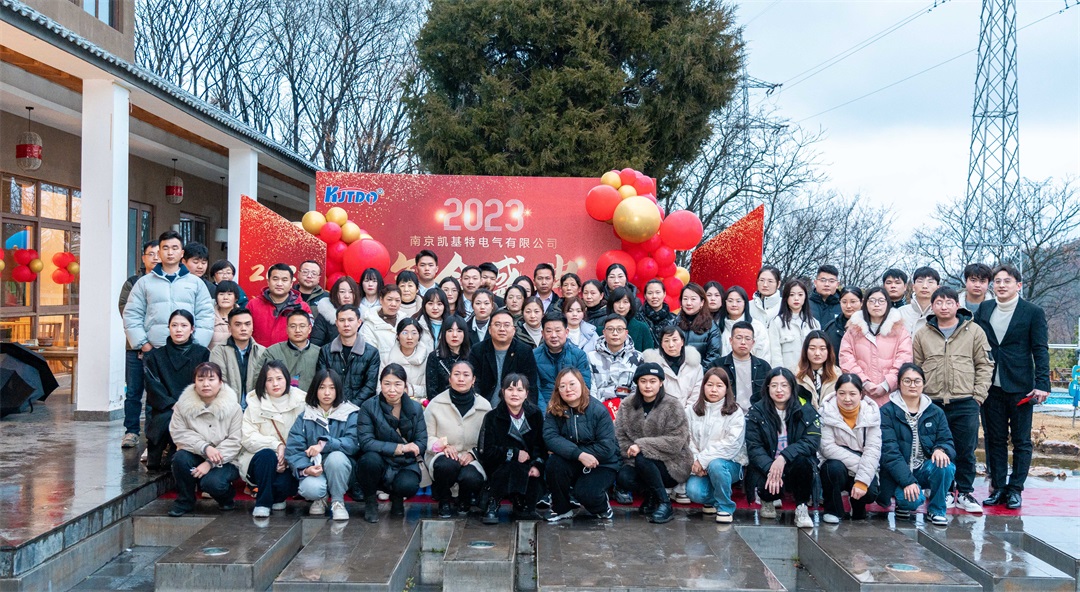
check
In the realm of industrial automation and control systems, precision is paramount. One of the key devices ensuring such precision is the proximity probe sensor. But what exactly is a proximity probe sensor, and why is it so vital in various applications? Let’s delve into the details.
A proximity probe sensor is a non-contact sensor that detects the presence or absence of an object within a specific range. Unlike other types of sensors that require physical contact or very close proximity, these sensors can function accurately from a short distance away. They operate based on principles such as capacitive, inductive, or magnetic sensing, making them versatile for different environments and requirements.
The fundamental working principle behind a proximity probe sensor involves electromagnetic fields. When an object comes within the sensor’s range, it alters the field, which the sensor detects and converts into an electrical signal. This change in the electromagnetic field can be due to the object’s material properties or its movement. For instance, an inductive proximity sensor generates an electromagnetic field and detects changes caused by metallic objects passing through this field. On the other hand, capacitive sensors measure changes in capacitance between the sensor’s plates when an object (regardless of material) comes nearby.
Proximity probe sensors are indispensable across various industries due to their reliability and accuracy. Here are some notable applications:
Automotive: Used in manufacturing lines for monitoring the position of components during assembly.
Aerospace: Monitoring the position of landing gear and flaps to ensure they are correctly positioned.

Machine Tools: Preventing collisions by detecting tool paths and ensuring safe operation.
Robotics: Guiding robot arms to precisely locate and handle objects.
HVAC Systems: Controlling airflow and temperature by detecting valve positions.
Non-contact Operation: Ensures longevity by avoiding wear and tear from physical contact.
High Precision: Offers accurate measurements even at small distances.
Durability: Designed to withstand harsh industrial environments including high temperatures, dust, and moisture.
Fast Response Time: Capable of quickly detecting changes in proximate objects.
Versatility: Suitable for detecting a wide variety of materials and conditions.
While highly beneficial, proximity probe sensors do come with certain challenges:
Sensitivity Settings: Require proper calibration to avoid false readings or missed detections.
Environmental Factors: Sensitivity can be affected by external factors like temperature, humidity, and electromagnetic interference.
Installation: Proper mounting is crucial for optimal performance, requiring precise alignment with the target object.
As technology continues to evolve, we can expect advancements in the sensitivity, durability, and miniaturization of proximity probe sensors. Innovations such as integrating IoT capabilities for real-time monitoring and data analytics will further enhance their role in smart manufacturing and automation. In conclusion, proximity probe sensors play a critical role in modern industry by providing reliable, non-contact detection essential for precision and safety. Their continued development promises to bring even greater efficiency and innovation to the fields they serve.

